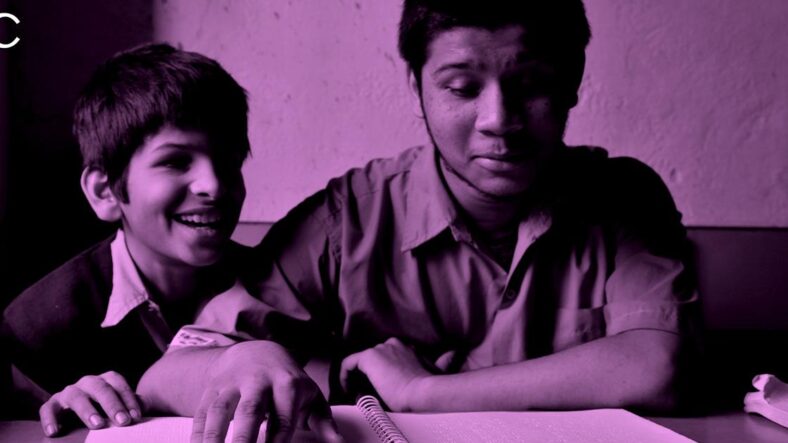Hit A Wall Problem Solving A Situation? Open Your Mind To New Approaches by Thinking How Your Kids Would
As we grow older our creativity begins to be replaced with logic and naturally confines us to think inside the […]

As we grow older our creativity begins to be replaced with logic and naturally confines us to think inside the box rather than outside of it. And, while logic is practical, it sometimes restricts us from solving a problem that requires some creative thinking. If you notice yourself hitting a wall when trying to reach a solution, try thinking the way your kids would. According to Brad Montague – artist, director, creator, and New York Times bestselling author, tapping into our inner child can do so much good for ourselves, the world, and everyone in it. He says, “Be who you needed when you were younger.”
Bring Your Inner Child To Work Day
View this post on Instagram
Welcoming back your inner child might be challenging at first but once you get into the groove of it, it’ll feel as natural as it once did. And, if you’re unsure of where to begin, don’t worry. Below are ways that can assist in instigating new inspiration and creativity.
Shift Your Perspective
Montague said, “that’s what kids do already.” He explained, “An example of that is you have a table, and a grown up walks in the room and says, ‘What a great table! Look at the table setting!’ But a kid walks in and says, ‘Ew! Look at all the gum under the table. Look what’s on the floor!’ They see those things because their perspective is different — because their height is lower, of course, but also because they’re going to mess around with the table and crawl under it. They see the things we don’t see.”
Looking at something from a new angle can give you a route to solving a problem that you wouldn’t have initially taken. It’s like when you work on a project with a group of people – everyone thinks differently therefore everyone will have a different approach to reaching the same end goal.
Montegue added in, “When kids and grownups work together, you have one person seeing the top and one seeing the bottom,” Montague said. “If you have both working together, we see the table as it really is. And then if we do it right, we also see the table as it could be.”
Become Comfortable With Being Curious Again
It’s okay to not know everything and it requires humbleness to admit that you don’t. Because let’s be real, who really does know everything about everything?
A big difference between kids and adults is that kids are willing to ask questions whereas adults fear that form of vulnerability. “Get comfortable asking questions instead of fast-forwarding to a solution or fast-forwarding to what we think we know,” Montague said. “Remain compassionate, curious, and relentlessly creative.”
There is an infinite amount of things to learn about. Make a list of things that strike your curiosity and one by one take the time to ask question and learn about them.
Play Time Isn’t Just For Kids
What we consider to be “fun” of course changes with age so by the term “play” I’m not telling you to go sit on a carpet with Barbie dolls and building blocks (unless that’s what ignites your creativity, then do it!). But, when Montague speaks of incorporating play into your problem-solving he means to embrace your silliness and creativity.
“Playing is an essential thing that, for some reason, we grow out of,” Montague said. “Kids do it naturally. They can go back and forth between being incredibly silly to really poignant and thoughtful. Like Fred Rogers said, ‘Play is the work of the child.’ It sparks creativity within you to approach things with a new spirit or new energy. That’s where you land on a way to do something with a freshness that the world needs.”
Montague advised, “Next time you’re facing a problem, try to think of the most ridiculous, absurd ways you could tackle it.”
Be Excited Again!
Montague pointed out, “There’s something beautiful about how kids can allow themselves to be enthusiastic about bubble wrap or bubbles or clouds that are shaped in interesting ways or cool rocks. They’re not afraid to speak that excitement in an audible way.”
Give yourself permission to be joyful or enthusiastic about things no matter how small. The more that you embrace those emotions, the more active they will be as well as contagious to others.
So, the next time that you find yourself stuck, think about what your inner child would do. And, if you have kids of your own or are often surrounded by some, maybe even ask for their advice for how they would solve the problem you are stuck on.
